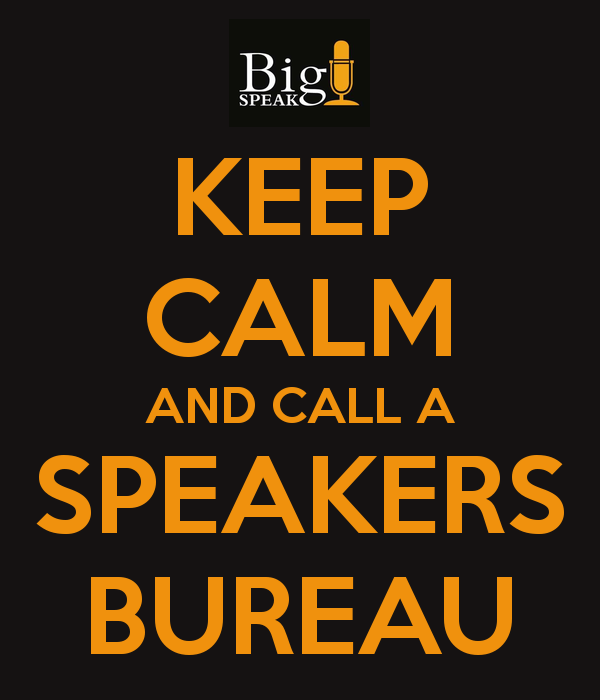Tips and Tricks for Working With a Keynote Speaker
Meeting and event planners often work with speakers bureaus to hire motivational speakers at major conventional and conferences. They frequently speak at general sessions and/or during lunch and dinner programs. Working with guest speakers typically involves many different parties in the decision-making process, and then even more people are sometimes involved to ensure the content of their presentations stay on message.
Of course, speakers hope that their clients remain as organized as possible because of the number of people who get involved in that process. “In addition to being organized, one idea for helping assure success would be to simply hand deliver the speaker a document showing the final agenda, including times and room locations, as well as your business card with email and cell number,” says Barrett Cordero.
One of the most important aspects of working with a motivational speaker is audio/visual. “I cannot stress this detail enough,” Cordero explains. “In a digital age where everyone watches TV in High Definition on massive screens and works with computers that have incredible resolution, everyone expects the same quality or better at major events. A poor video/audio connection can destroy a speaker’s credibility and influence.”
The process of working with outside speakers may seem complicated or overwhelming to some, but it doesn’t have to be that way. Cordero offers the following steps for event planners who are working with guest and motivational speakers:
- Schedule a minimum of three separate pre-event calls between the motivational speaker or business thought leader and your end client (the CEO, Executives and or key customers). This will help ensure that messages and content will meet your objectives.
- In addition to step one, send a pre-event questionnaire to your client or event host, asking questions about the meeting objectives and speaker expectations. The speaker or speakers bureau you are working with should have this document.
- Have a dinner scheduled the day before — or a breakfast on the day of the event — between the Speaker and CEO or executive hosting the event. This will further personalize the relationship which ends up shining through during the presentation and Q/A.
- Ask for one “2-3 minute recording” from the Speaker via their computer or your production company to be used for pre-event and post-event marketing purposes. Put this video on the event website and or in an email you send out to attendees.
- For the presentation itself, allow a minimum of 10-15 minutes for Q/A. This is usually in demand, especially if the Speaker had a breakfast or dinner with the CEO or Executive team (as mentioned in #3). Because they had this time to establish a level of familiarity, everyone ends up feeling more comfortable about asking questions in front of the entire audience.
- Give books to the audience as a takeaway and memory of the event. Many online bookstores and sites offer bulk discounts on most professional speakers’ books. (Example: 1-800-CEO-READ).
- Following the keynote, schedule a quick VIP photo op session between the Speaker and VIPs. Most event organizers forget to incorporate this step. And, if you’re mailing photos, remember to share these with the speaker after the event in case he or she wishes to make use of them for marketing purposes. Of course, you must receive the permission from anyone who may be in those photos. In the long run, this will offer additional positive exposure for your event.
- Try and film the speech. It’s a small cost that can have a huge long-term impact. The video may also serve as a useful, memorable gift after the event plus a marketing tool (video footage use needs to be approved by the speaker).
- Send follow-up surveys to attendees incorporating a tailored and branded post-event survey that captures the results of the speaker and the meeting.
- Many speakers are hosted, including lodging. Remember to request a late check out for speakers so you are not charged for an additional night of accommodations.
- Request the speaker to produce a follow-up message that may be played via video internally to all the attendees (or even an e-mail doing the same) thanking them for participation, acknowledging key participants/execs and planning officials, while reinforcing the major themes of the keynote message and their implementation/next steps, approximately one week after the initial engagement is over.
- If applicable, get the most out of your event by using social media to promote the event to the public, or internally to your team. You can also tweet key learning points during the event, and share key takeaways with your digital following. Many speakers bureaus, such as BigSpeak, will be happy to help market and promote your event.
